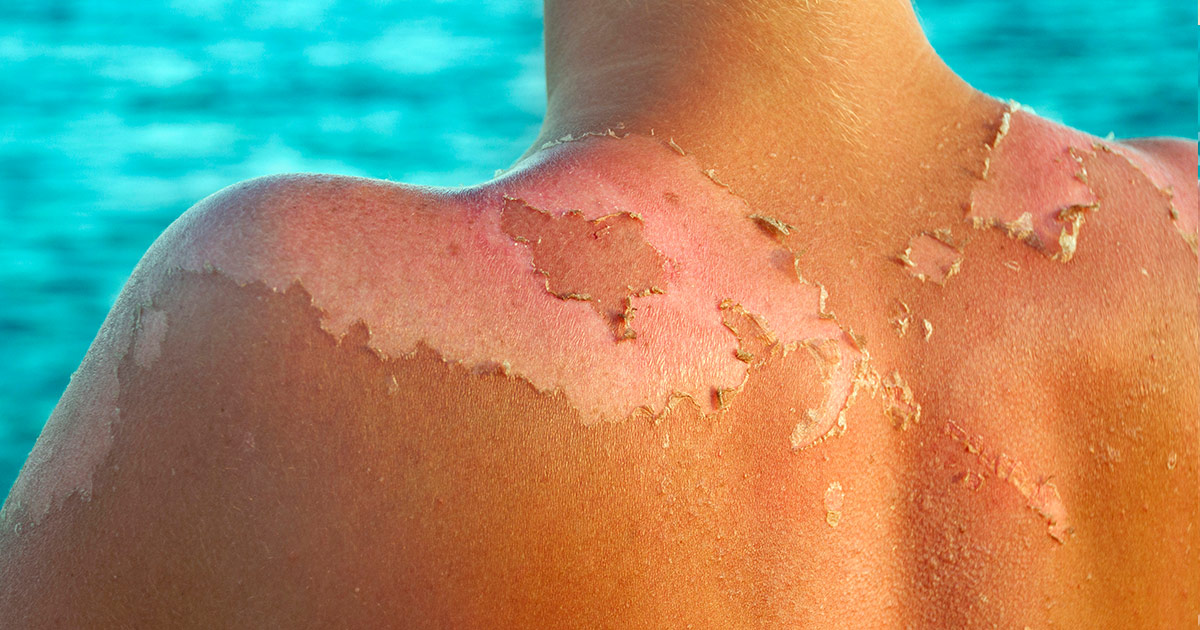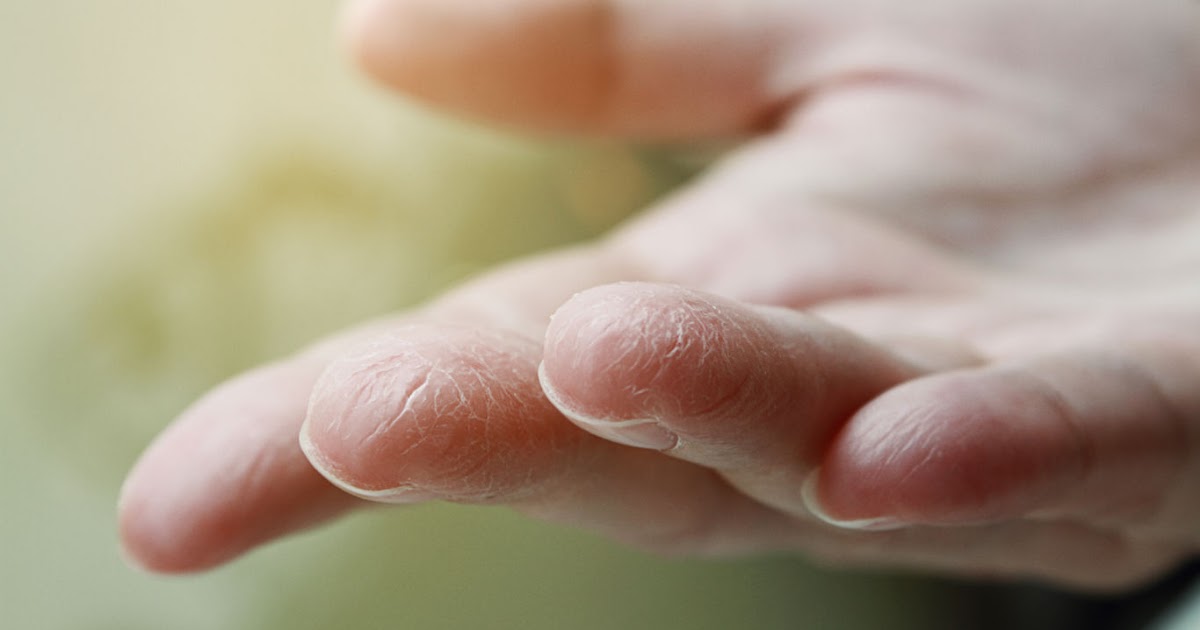Guide To The Common Symptoms Of Xeroderma Pigmentosum
Xeroderma pigmentosum is a rare genetic disorder involving the inability of the body to repair damage caused by ultraviolet light. It is usually diagnosed early because it can happen the first time a child is in sunlight. The prevalence of cases occurs in Japan, North America, and the Middle East, and it is less common in the United Kingdom and the United States. Because of the serious complications and symptoms associated with xeroderma pigmentosum, it makes it almost impossible for individuals afflicted to spend any amount of time in the sun. And when they do travel into the sunlight, they must be fully covered, including the eyes. Additionally, an individual diagnosed with this condition should have regular screenings to monitor any new symptoms and discuss treatment plans. However, there is no cure for xeroderma pigmentosum, only symptom management.
Get familiar with the symptoms of this condition now.
Severe Sunburn

Everyone can experience a severe sunburn that can cause blisters, pain, and even cancer. The difference for patients suffering from xeroderma pigmentosum experience is a severe sunburn can happen virtually immediately upon exposure to the sun and in extreme versions. If patients want to go outside, they will need to use sunblock, cover exposed skin, and wear sunglasses. The damage caused by the sun can severely damage the face, neck, arms, legs, and eyes. If individuals with xeroderma pigmentosum do not cover their skin properly, they can receive burns and blisters that last for weeks. When individuals have this kind of damage to the skin, it can lead to other conditions and even infections. It is important to be diligent with sun protection so patients can delay the progression of any ultraviolet damage. Sunburn on an individual without xeroderma pigmentosum is damaging, but it is more dangerous for someone suffering from the disease.
Reveal more symptoms of xeroderma pigmentosum now.
Xerosis

Many conditions can cause xerosis, which is the medical term used for dry skin. When a patient has xeroderma pigmentosum, they can experience extremely dry skin. Essentially, they develop skin like a landscaper or farmer, and their skin looks like they have spent years in the sun, even if they are just a child. Xerosis is caused by a lack of moisture, and the skin can become cracked, which can create an environment for infection. Dry skin can become itchy, flaky, scaly, and rough. Additionally, xerosis can cause discomfort and pain. This can be the result of the skin's inability to regulate the proper amount of water in the layers of the skin. Patients can try to help ease xerosis by using moisturizing lotion and drinking plenty of water. While these actions might not cure xerosis, it may help ease some of the symptoms and the damage and discomfort it can cause.
Keep reading to learn about more warning signs of xeroderma pigmentosum now.
Solar Keratoses

Solar keratoses are common among many individuals and present as bumps on the skin or scaly, rough patches on the skin. They are usually the result of prolonged exposure to the ultraviolet rays of the sun. However, individuals with xeroderma pigmentosum have an accelerated progression of any sun exposure. So, while it might take a person without xeroderma pigmentosum ten years to develop solar keratoses, it could take a person with the condition weeks to develop the lesions. In addition, they will develop more of the lesions than the average person. The danger with solar keratoses is the lesions can become cancerous. The lesions can be removed using various methods, like cryotherapy, topical chemotherapy, and laser surgery. If solar keratoses are removed, they will be tested to see if they are cancerous.
Read more about the various symptoms of xeroderma pigmentosum now.
Development Of Skin Cancer

Patients with xeroderma pigmentosum have a high chance of developing skin cancer. For instance, solar or actinic keratosis is typically considered precancerous and can develop into squamous cell skin cancer. Therefore, it is important to get these lesions evaluated, usually through removal and examination. By getting the lesions removed and get treated if they come back as malignant, it can reduce the need for further surgery or other treatments. It is important to recognize skin cancer in these patients may present in childhood. There is a very high probability the xeroderma pigmentosum patient will develop skin cancer in their lifetime. This is why parents need to be very diligent with making sure all skin is treated with sunscreen or covered, perhaps even both. Patients can develop, not only skin cancer, but lip, eye, mouth, and eyelid cancer. Frequent skin inspections can help head off the progression of cancer.
Uncover details on more xeroderma pigmentosum warning signs.
Irregular Dark Spots On The Skin

Patients with xeroderma pigmentosum will develop freckles very easily and typically develop more freckles than is considered normal. Another issue that can appear is hyperpigmentation, which creates irregular dark spots on the skin. The changes in the skin include the color disappearing from certain areas and becoming darker in other spots. This happens on all the places exposed to the sun, most commonly the face and arms. Furthermore, because the eyes are highly susceptible to xeroderma pigmentosum, the eyelids might become darker. Understanding that xeroderma pigmentosum can affect the skin quickly and can lead to unwanted symptoms is important. Dark pigmentation can cause individuals to be self-conscious and make it harder to engage socially. It is hard enough for a patient with xeroderma pigmentosum to be able to go out, but with extreme pigmentation changes, it makes it that much harder.